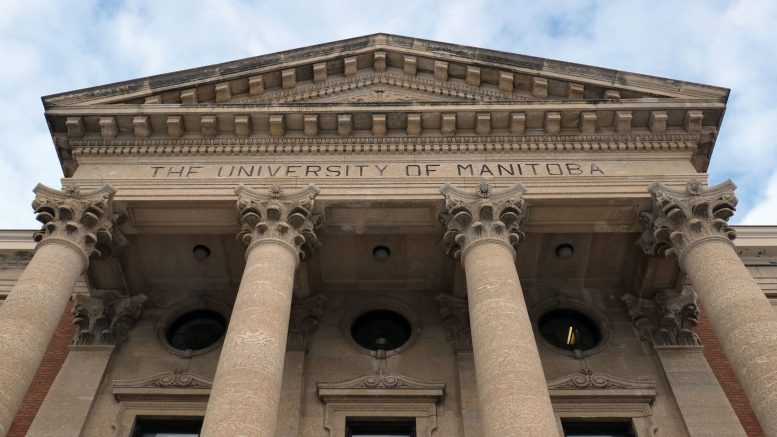The University of Manitoba senate approved changes to the academic schedule that includes a four-day fall break and shortened fall and winter terms at its regular meeting Nov. 1.
The goal of alleviating high levels of student stress prompted the introduction of a two-day fall term break prior to the Thanksgiving weekend in 2016. Soon after, a review committee was created to examine the academic term duration and schedule.
The committee, comprised of faculty, staff, and student representatives, met several times through the spring and fall of 2017 to discuss current scheduling practices and constraints at the university.
A survey posted on UM Today in April that polled students, faculty, and staff saw responses from 638 students and 105 faculty and staff members.
The University of Manitoba Students’ Union (UMSU) VP advocacy Allison Kilgour noted that student feedback “was crucial in this process.”
“The feedback from the survey circulated by the review committee showed overwhelming support by students for these changes and definitely helped achieve the results that were passed in the senate,” she said.
Following further consultations with associate deans, staff, and students involved in orientation, the review committee forwarded proposed changes to the academic schedule in a memorandum to the senate.
Kilgour emphasized the role student advocacy played in the scheduling changes for the upcoming school year.
“Students have been asking for a fall reading week for a long time,” she said. “We saw the university acknowledge this with the two-day break at Thanksgiving, but the structure of that break actually did more harm than good for many students.”
“A full fall break, similar to the one in [the] winter semester, is key for relieving stress and making our semesters equal,” she added.
The current two-day fall break precedes the Thanksgiving weekend and occurs close to the beginning of the term.
“A break at this time seems earlier than needed by students and disrupts courses soon after they have started,” reads the review committee’s memorandum.
Jason Giddings, second-year political studies student, welcomed the changes to the academic schedule, saying that although changes may seem minor, the impact on student life will prove to be effective.
“While the addition of one day may not be a radical difference, it does provide more of the valuable asset of time which can be crucial for students,” he said.
Giddings said he is glad that the student experience is acknowledged and prioritized by the university.
“The school year can be a hectic and stressful time for many students due to extracurricular activities such as part-time jobs, sports, family commitments and other responsibilities,” he said.
“Any effort to give students more time to focus on studies and strive for excellence is a welcome change and will work towards improving student life at the University of Manitoba.”
Changes to come
Starting in the 2018/19 academic year, four-day fall break will run during the week Remembrance Day is observed and the Thanksgiving weekend will revert to being a three-day long weekend.
“Although the week of the observance of Remembrance Day seems a little late in the term, this week occurs shortly after many midterm tests and may be used as a time to work on term papers and to use as a break or as study time prior to final examinations,” the memorandum reads.
The new academic schedule will equalize the fall and winter terms by reducing both to 62 teaching days. Currently, the fall term includes 63 teaching days and the winter term is 63-65 teaching days.
Both terms currently include 13 weeks, or 39 contact hours, of instruction. Due to varied timetable patterns and calendar constraints, contact hours for courses regularly range from 33 to 39 hours each term.
To achieve consistency between both terms, the review committee proposed a 62-day term that would include between 37 and 37.5 contact hours, and a minimum of 11 full weeks of instruction.
The first two days after Labour Day have regularly been set aside for student orientations. Under the new academic schedule, in order to facilitate a weeklong fall break, campus-wide student orientations will run on the Tuesday after Labour Day, with classes beginning the following day.
The review committee’s memorandum noted that “Faculty-run events aimed at new direct-entry students need not be limited to the one day set aside at the beginning of the terms,” and organizers can consider other options before or after the main orientation day, as class schedule permits.
The revised academic schedule also includes changes to the start of the winter term. Currently, the winter term begins the day after the university reopens following the winter holiday closure.
The new academic schedule will see classes begin the Monday following the reopening of the university, which means students will have three days added to the winter holiday break.
The memorandum suggests that “the additional days may be used for start of term activities, marking and grades submission and administrative and registration processes related to fall term results.”


